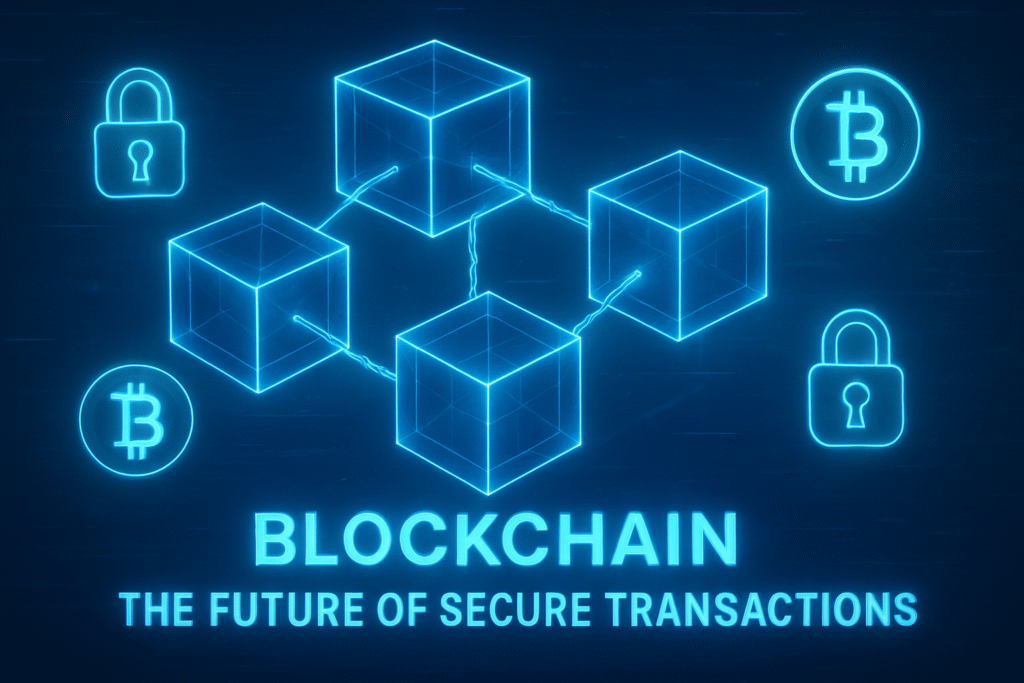🔍 Introduction
In a world where digital transactions are happening every second, security and trust have become major concerns.
Enter Blockchain technology — the invisible guardian of modern finance and data.
By 2025, blockchain is no longer limited to cryptocurrency. It’s revolutionizing banking, e-commerce, healthcare, and even government services.
Let’s explore how blockchain is shaping the future of secure digital transactions.
🔐 1. What Is Blockchain?
At its core, blockchain is a decentralized digital ledger that records transactions across many computers.
Unlike traditional systems controlled by banks or corporations, blockchain offers:
- ✅ Transparency
- ✅ Security
- ✅ Immutability (records can’t be changed)
Each “block” contains data, and each block is linked to the one before it — creating a chain that’s nearly impossible to hack or alter.
💳 2. Why Blockchain Is the Future of Secure Transactions
Traditional payment systems rely on intermediaries — banks, gateways, and processors — that can fail or be breached.
Blockchain removes the middleman, using cryptographic algorithms to ensure every transaction is verified and secure.
Benefits include:
- 🔒 No centralized control — harder to hack
- ⏱️ Faster cross-border payments
- 💰 Lower transaction fees
- 📄 Complete transparency
This makes blockchain ideal for businesses, freelancers, and digital marketplaces that rely on online payments.
🌐 3. Blockchain Beyond Cryptocurrency
While Bitcoin introduced blockchain to the world, the technology has evolved far beyond coins.
Here’s how it’s used in various sectors today:
- 🏦 Banking: Instant cross-border transfers and anti-fraud measures
- 🛍️ E-Commerce: Verified product origins and transparent supply chains
- 🏥 Healthcare: Secure medical data sharing
- ⚖️ Legal: Smart contracts that execute automatically when terms are met
💡 Example: Walmart uses blockchain to track food from farm to store, ensuring freshness and authenticity.
🧠 4. The Role of Smart Contracts
Smart contracts are self-executing digital agreements stored on a blockchain.
They automatically perform actions once specific conditions are met — no lawyers or third parties needed.
Example:
A freelancer gets paid automatically when the client confirms project completion — no waiting, no disputes.
Advantages:
- Zero human error
- Transparent and fair
- Secure, tamper-proof execution
🕵️ 5. How Blockchain Prevents Fraud and Hacking
Every blockchain transaction is encrypted and linked to the previous one.
To alter any record, a hacker would need to change every copy of the blockchain — spread across thousands of computers.
That’s nearly impossible.
This structure ensures:
- 🧱 Tamper-proof transactions
- 🧩 Verified identities
- 🔐 Full audit trail for every exchange
In short: blockchain is digital armor for data integrity.
🌍 6. Blockchain and Financial Inclusion
In many countries, millions of people remain unbanked.
Blockchain allows them to send, receive, and store money securely using only a smartphone — without needing a traditional bank account.
This opens the door to:
- Global e-commerce participation
- Access to digital loans and payments
- Empowerment of small businesses
💡 By 2030, blockchain could give 1 billion people access to digital financial services.
⚙️ 7. The Future: Web3 and Decentralized Finance (DeFi)
Blockchain is the backbone of Web3 — the next version of the internet where users own their data.
Key trends shaping the future:
- 💸 DeFi (Decentralized Finance): Peer-to-peer lending, savings, and investments
- 🎨 NFTs: Unique digital assets tied to blockchain ownership
- 🧾 DAOs: Decentralized organizations managed by community voting
These innovations make blockchain not just a tool for transactions — but a foundation for the future economy.
🔮 8. Challenges and What’s Next
Like any technology, blockchain faces challenges:
- High energy use (especially proof-of-work systems)
- Regulatory uncertainty
- Lack of public understanding
But progress is rapid. Green blockchain solutions and global regulations are making the system more efficient and accessible.
✅ Conclusion
Blockchain isn’t just a trend — it’s the new language of digital trust.
From protecting online payments to powering smart contracts and global trade, its impact is only beginning.
By 2025 and beyond, blockchain will define how we exchange value securely in a connected world.
“In the future, every transaction will be blockchain-backed — not because it’s trendy, but because it’s trusted.”


